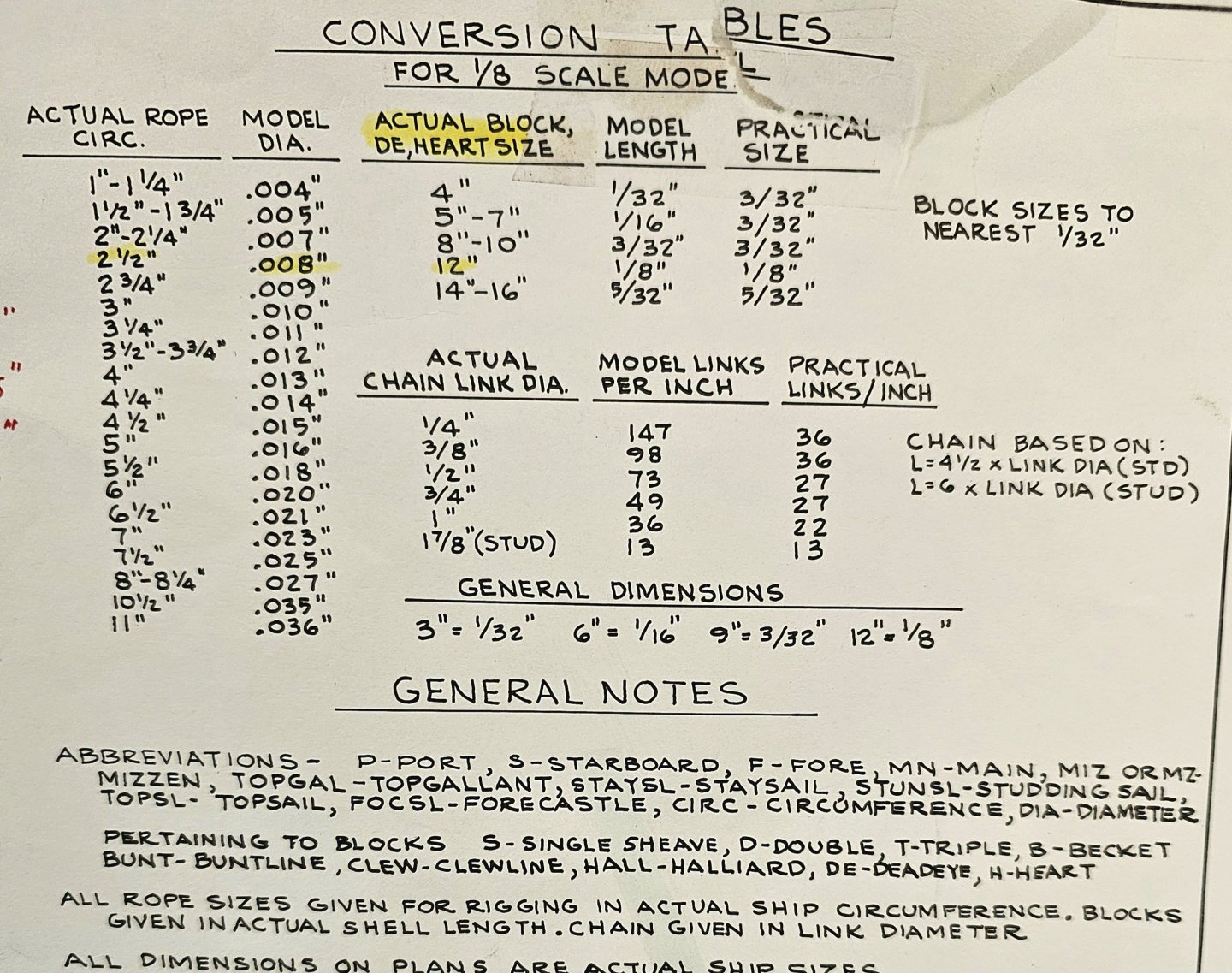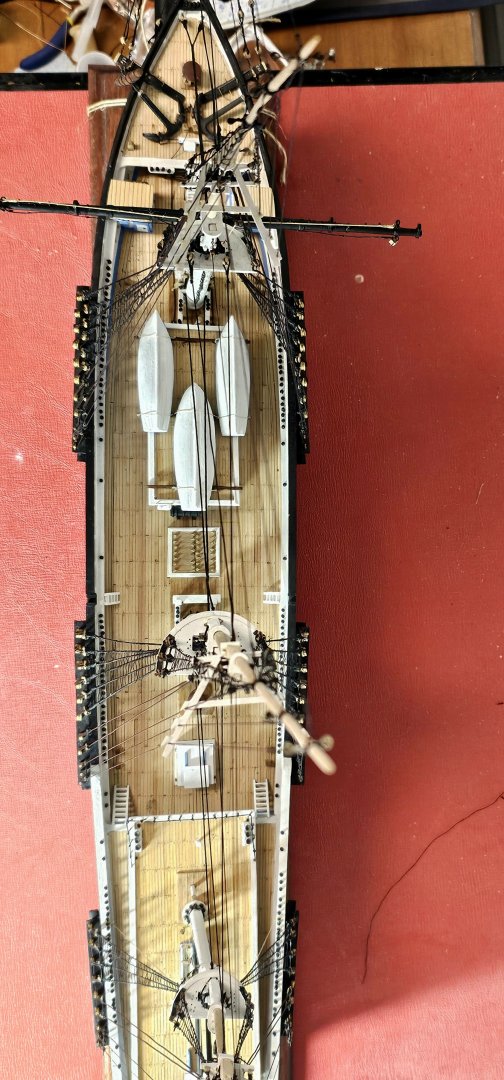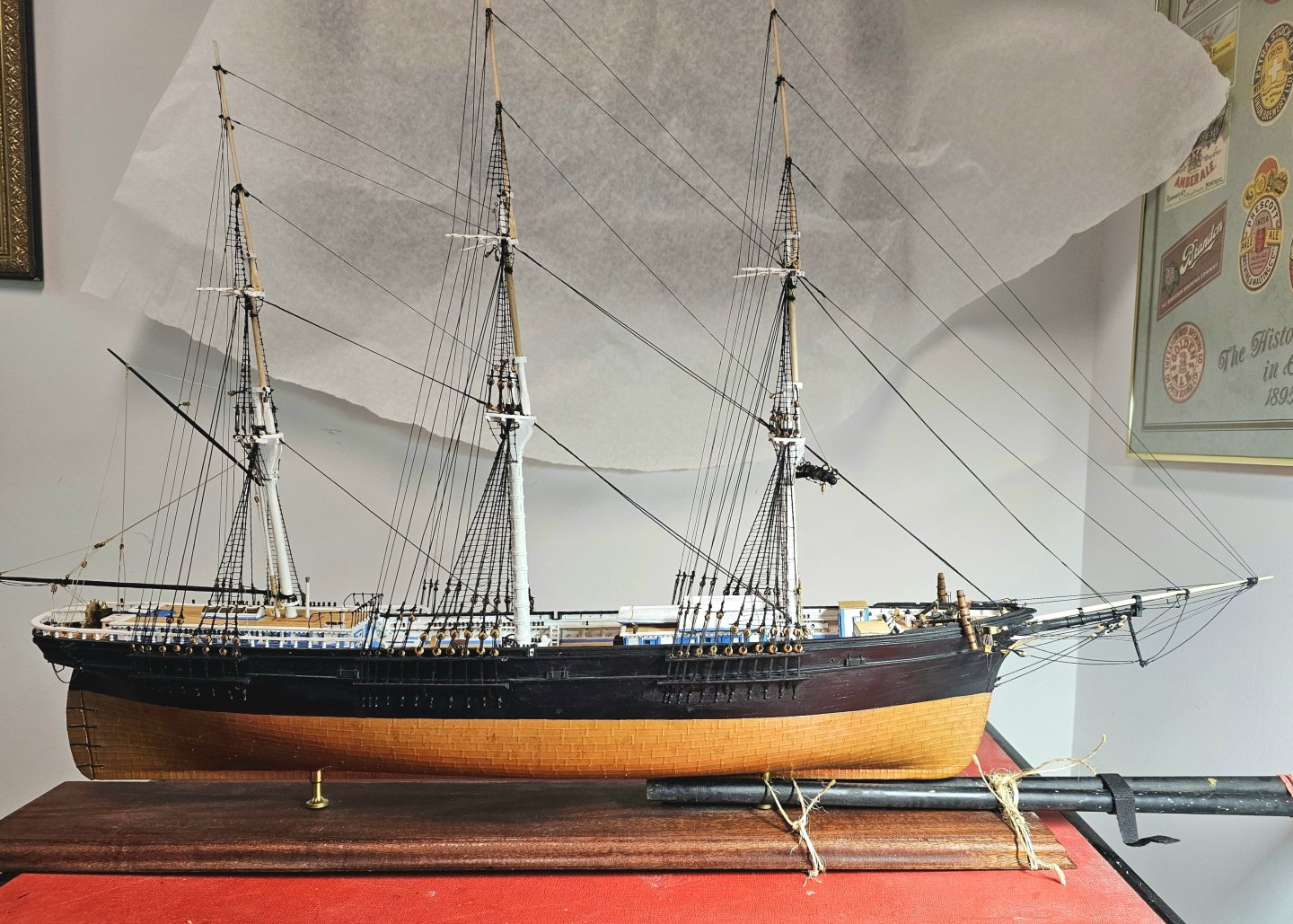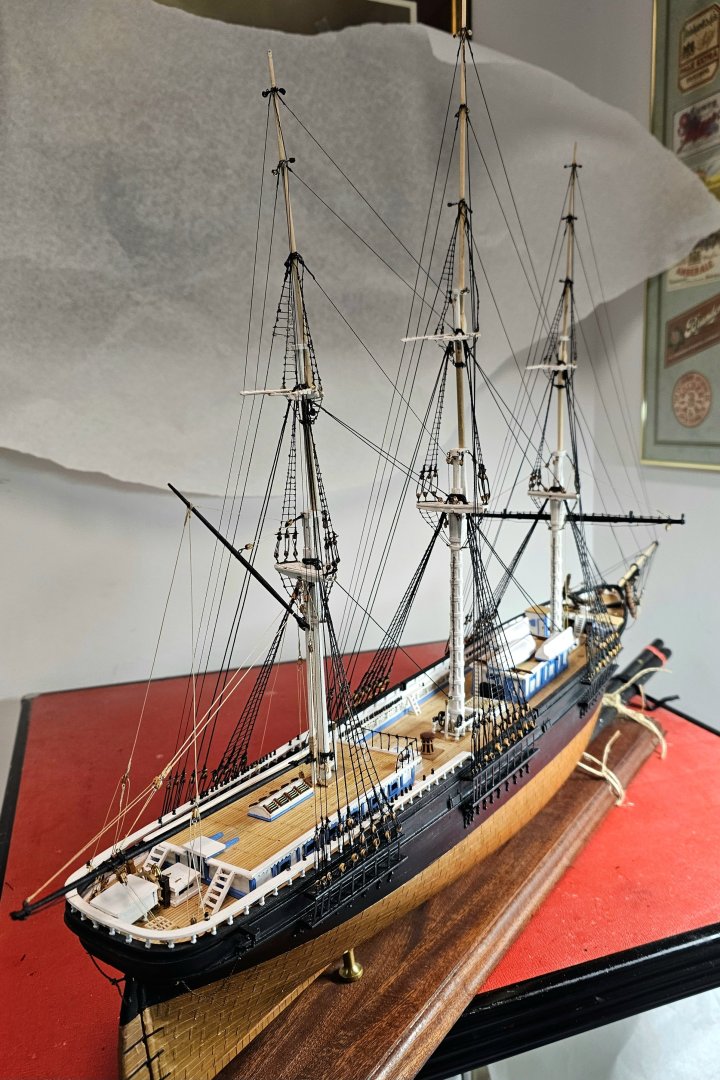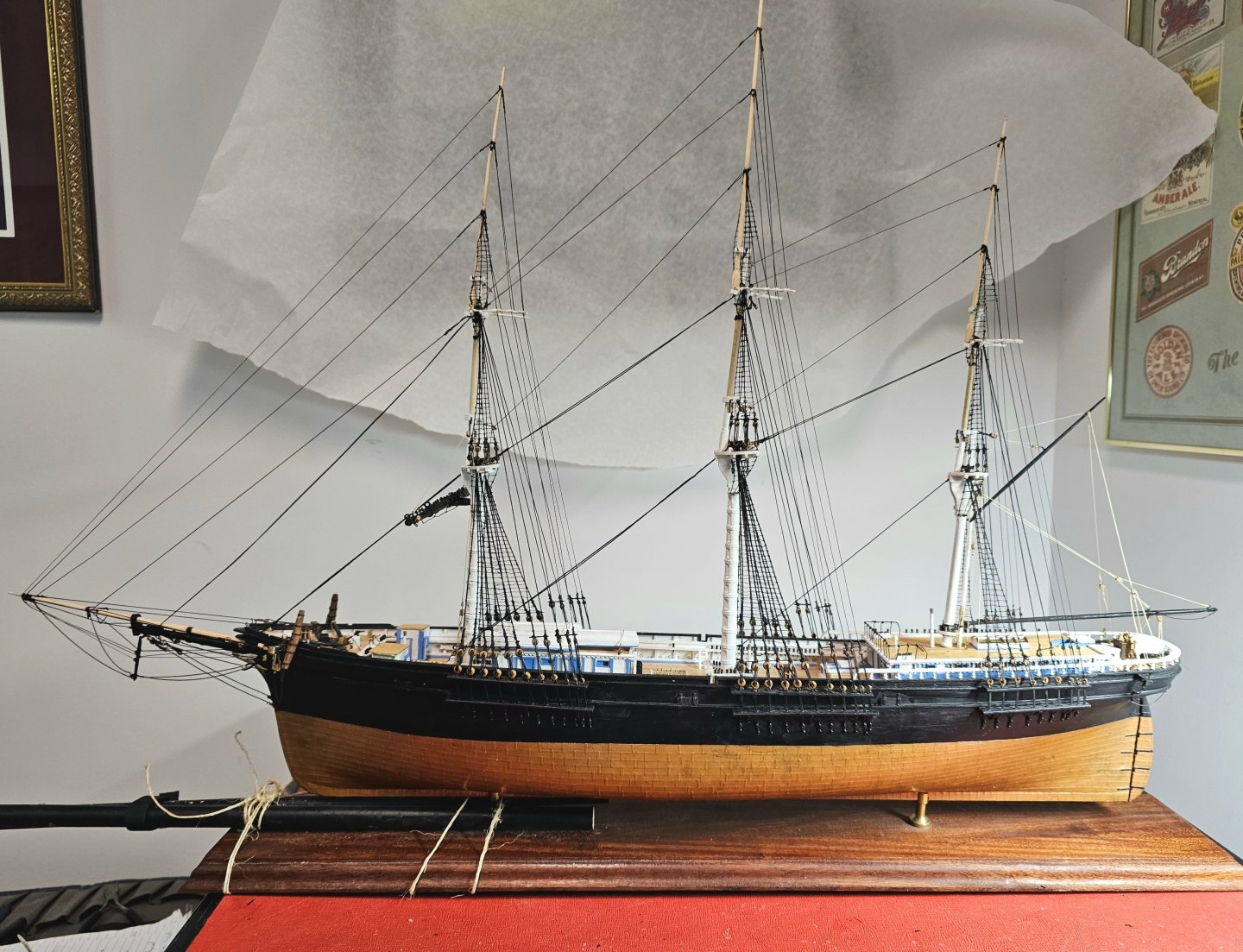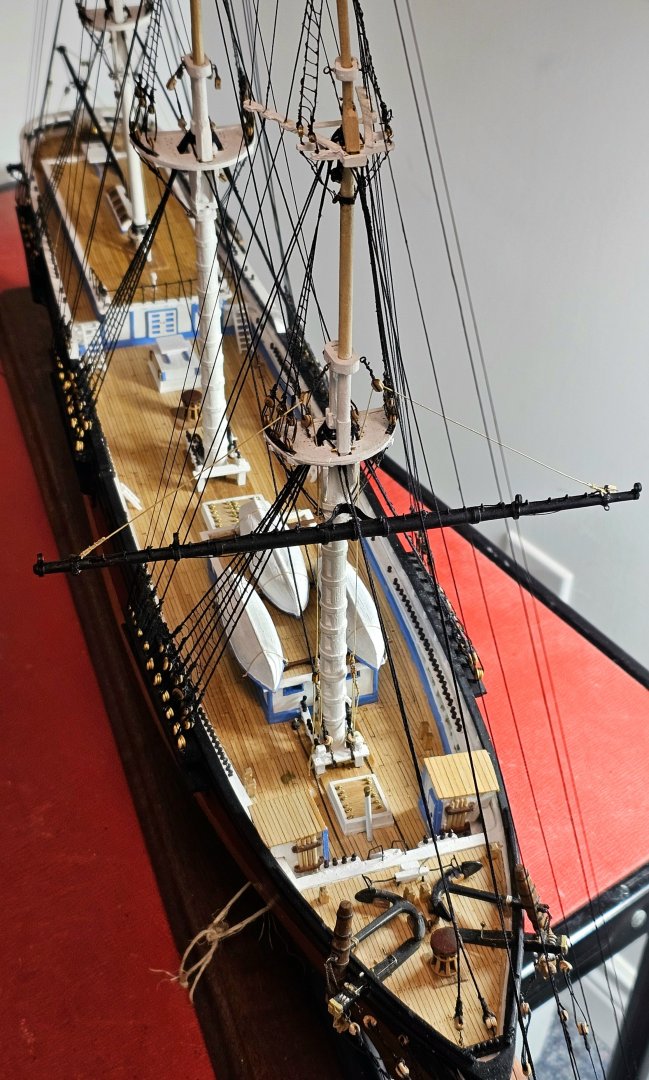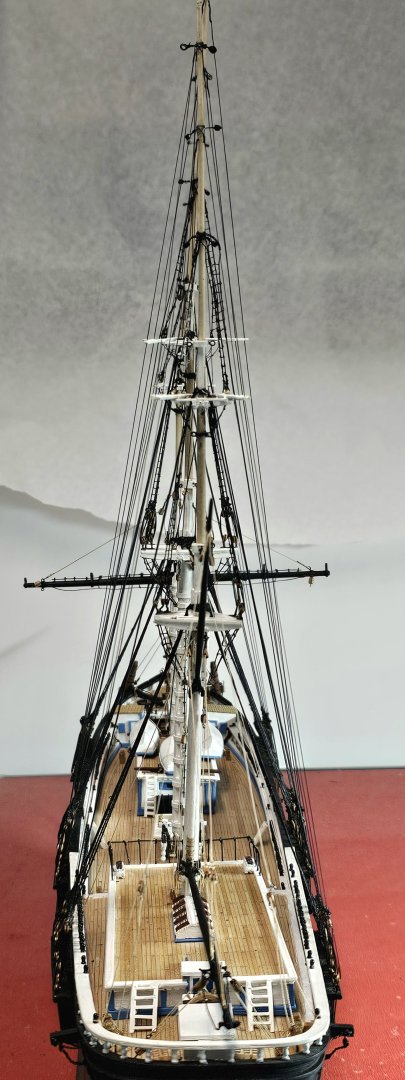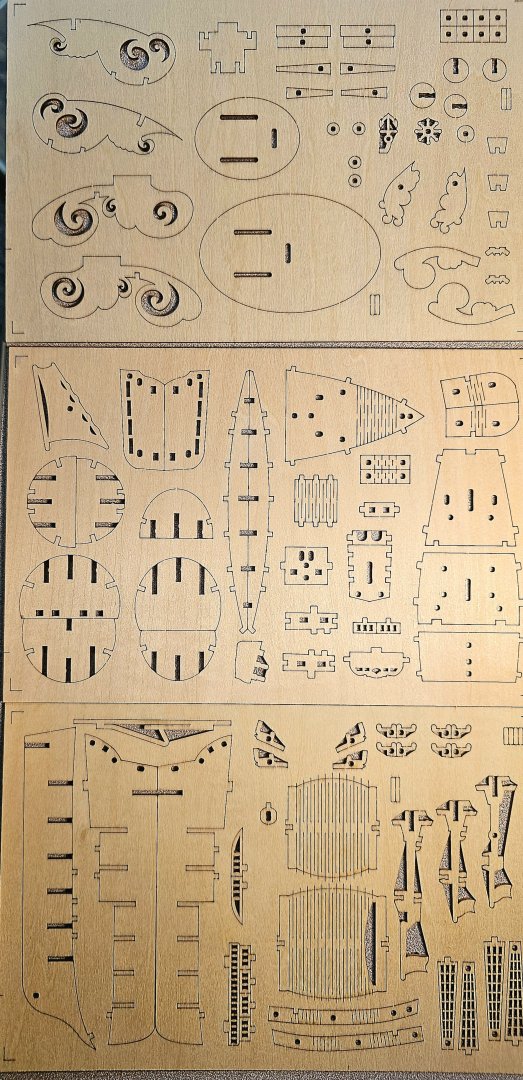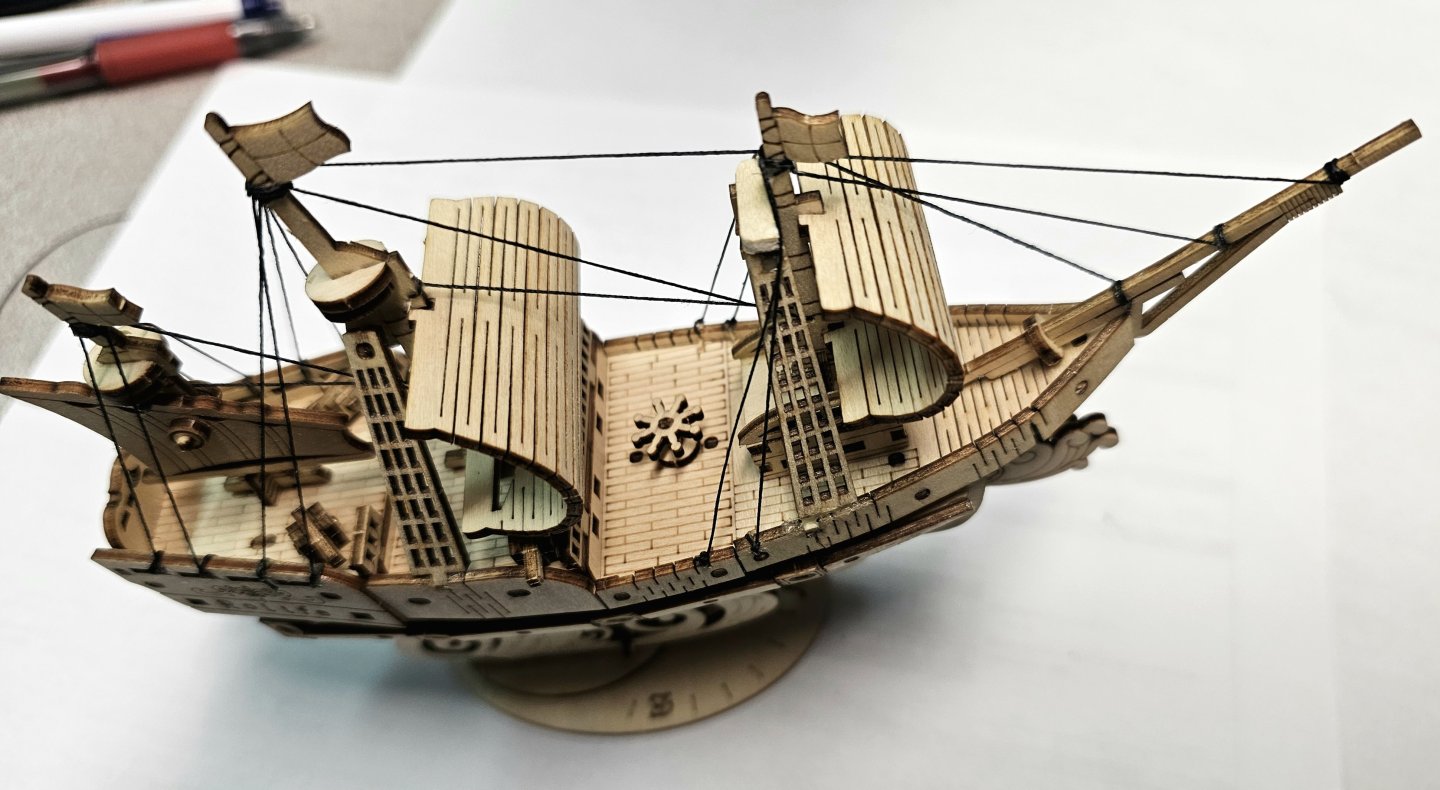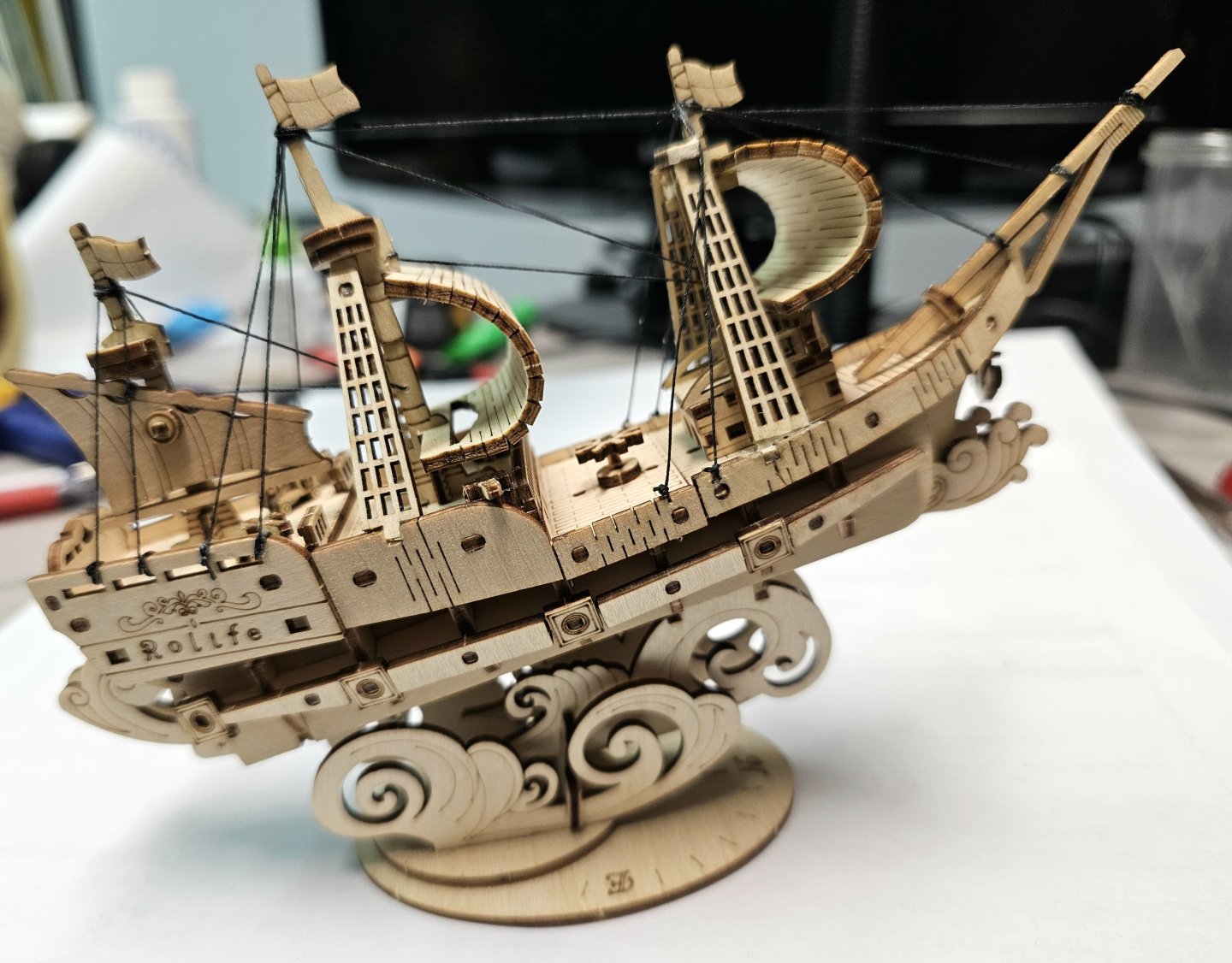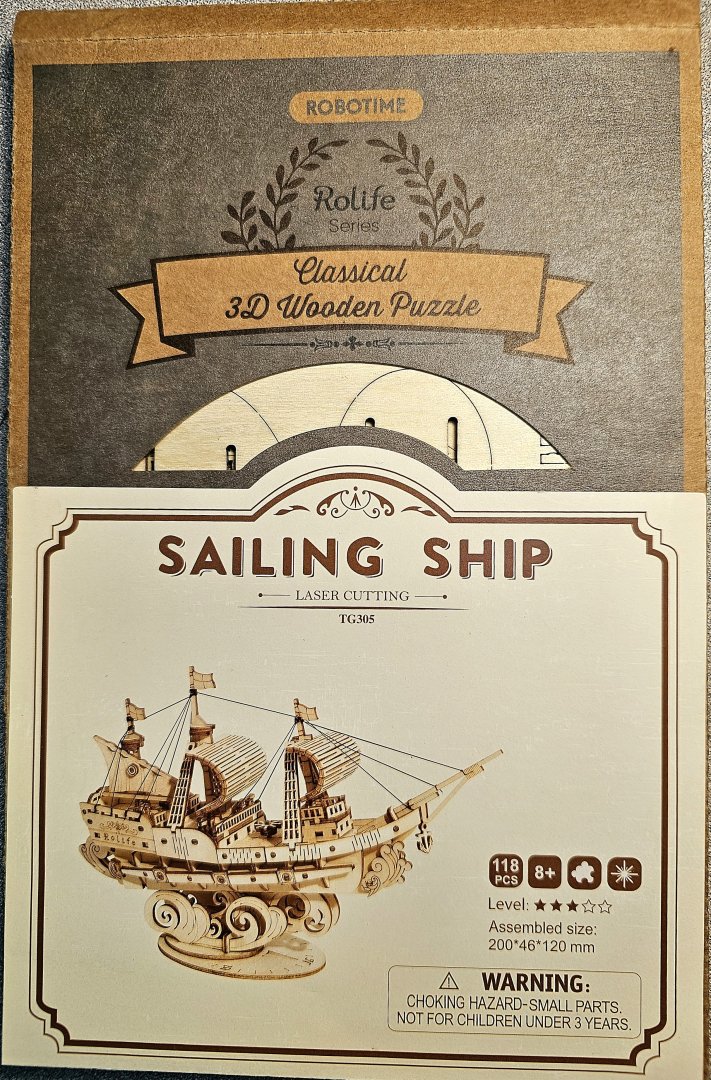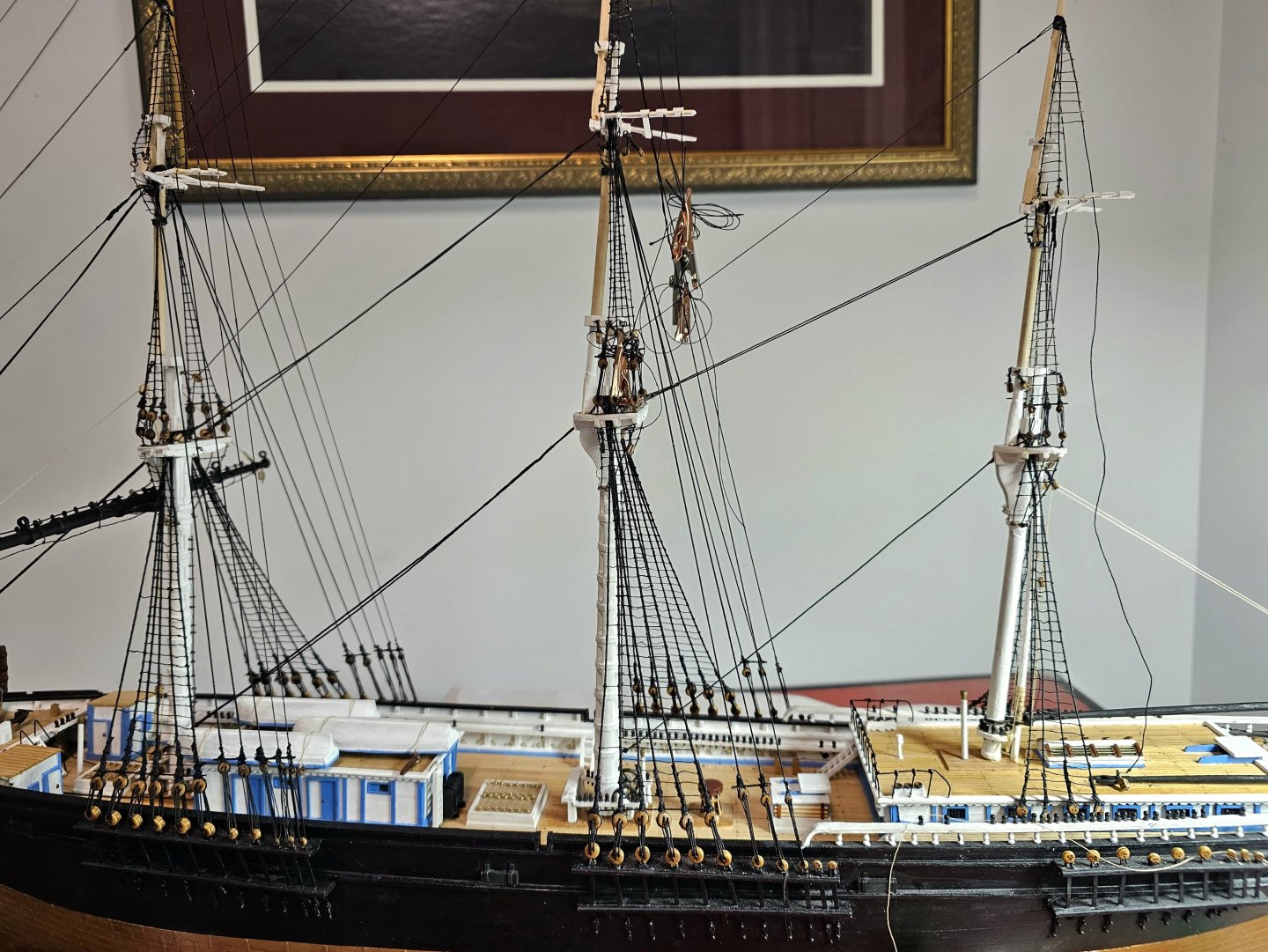
Jared
NRG Member-
Posts
305 -
Joined
-
Last visited
Content Type
Profiles
Forums
Gallery
Events
Everything posted by Jared
-
Thanks George. At times I wonder how I got this far! The rigging really make this model so beautiful.
- 431 replies
-
- Flying Fish
- Model Shipways
-
(and 2 more)
Tagged with:
-
Progress on my Flying Fish has been slow this past month, due to the difficulty of the work involved with the rigging of the lower mizzen yard and mizzen topmost yard. There were a few times I felt like giving up as the rigging challenges seemed overwhelming, because of the small scale and really tight spaces I had to work with. However with a lot of thinking I came up with some tricks and compromises which allowed me to complete the following: 1. Beginning with the mizzen lower yard, I secured the chain sling and the lower mizzen yard lift. 2. The mizzen topmost was then mounted and the standing lift installed. 3. Rigging the mizzen topmost halliard was the most difficult due to its complexity and the very tight spaces. I had to remove the gin blocks from the model to allow me to run the fine chain though them. To help rig the chain I used fine 0.01" dia thread attached to a fine needle to help me fish the fine chain (see photo) through the gin blocks and eyebolt on the top center of the mast. (I decided to skip creating a gin bolt on the mast). Another simplification I did was to tie a square knot to secure the halliard to the belay pins. The belay pins supplied in the kit are too short to allow rigging around the bottom part of the belay pins. As a rope coil is secured to the belay pins, this hides my simplification. I have attached several photos to help the viewer see how the lines are rigged. Unfortunately with the depth of field limitations of the camera lens and numerous outer lines already on the model, it will be difficult to really understand it all. Thanks for looking.
- 431 replies
-
- Flying Fish
- Model Shipways
-
(and 2 more)
Tagged with:
-
A lot of fine demanding work clearly went into building this. I think it looks great!
- 345 replies
-
- Flying Fish
- Model Shipways
-
(and 1 more)
Tagged with:
-
Wondeful fine work.
-
Sorry for my 2 month absence. After completing the standing rigging I needed a brief mental rest and time to think about how I would complete the fragile yards with their fittings and tackle the running rigging. This week I built the mizzen topsail, topgallant, royal and skysail yards. They have not yet been permanently attached. Making and soldering together the small trusses on the topgallant and topsail yards was very challenging. Fortunately the yards are painted black, which does a great job of hiding less than stellar workmanship 😬. I have been following the earlier advice to apply super glue into all drilled holes to try to strengthen the spars at these weak points. For these 2 yards I am using straight pins to help secure them to the masts. The last images are of the unpainted and painted mizzen royal yard and the unpainted skysail yard. On all of these yards except the mizzen skysail, I intentionally left a small gap between the vertical and horizontal pairs of eyebolts at the outer ends to reduce the risk of breakage from drolling at this fragile area. Because skysail yard is just to frail, I will omit the eyebolts altogether and simply tie the running rigging to the yard ends.
- 431 replies
-
- Flying Fish
- Model Shipways
-
(and 2 more)
Tagged with:
-
Let me clarify. Drilling itself has not been the problem. I am using tiny diameter drill bits about the diameter of a pin. Most of the holes are drilled on a dremel drill press where the spares are supported. The breaks are happening at the ends of the thinnest masts during subsequent handling of the spars or, mire often from accidently hitting a fragile mounted spar with a hand when rigging. I think I need a few more eyes 🧐.
-
Its hard to say if the new wood is really any stronger. Where the snapping occurs is on thin spars where a minute hole was drilled. It just takes an accidental light knock to snap them. Having limited vision in one eye makes things more accident prone. I am about to pick up again on my model. All of the smallest diameter spars are waiting my "magic touch".
-
I followed sheet 3. It states the line sizes in the plans are the curcumference measurement. The table then converts it to scale dia. size. The kit did not provide black thread for the 10.5" shrouds (scale dia. 0.035) so I bought some. I measured the diameters of all of my rigging lines with a micrometer scale under a microscope.
-
I will begin by wishing you all a very happy New Year. My celebration begins today as I rejoice the completion of the standing rigging on my Flying Fish. A number of photos are attached. Now the real fun begins! I am not expecting any of the remaining modelling. work to be easy 😬. Best wishes to you all for 2025. Thanks for looking in.
- 431 replies
-
- Flying Fish
- Model Shipways
-
(and 2 more)
Tagged with:
-
Nice modellIng. Congrats on your retirement!
- 345 replies
-
- Flying Fish
- Model Shipways
-
(and 1 more)
Tagged with:
-
Gaff & Spanker boom mounted and rigged. Quite delicate work. It was made much easier by not having the mizzen backstays and shrouds in the way.
- 431 replies
-
- Flying Fish
- Model Shipways
-
(and 2 more)
Tagged with:
-
Time for some holiday season fun. My nephew who lives in Singapore gifted me a laser cut wood "sailing ship puzzle" when he visited last year. Needing a break from rigging my FF, I had a go at it this week. I was quite amazed by the very high quality and precision of the laser cut pieces (photo 1). It was actually quite a fun build! While it bears only minor resemblance to a real tall ship, I would highly recommend it to anyone who wants to interest a child in getting into our hobby. Seasons Greetings!
- 431 replies
-
- Flying Fish
- Model Shipways
-
(and 2 more)
Tagged with:
-
- 431 replies
-
- Flying Fish
- Model Shipways
-
(and 2 more)
Tagged with:
About us
Modelshipworld - Advancing Ship Modeling through Research
SSL Secured
Your security is important for us so this Website is SSL-Secured
NRG Mailing Address
Nautical Research Guild
237 South Lincoln Street
Westmont IL, 60559-1917
Model Ship World ® and the MSW logo are Registered Trademarks, and belong to the Nautical Research Guild (United States Patent and Trademark Office: No. 6,929,264 & No. 6,929,274, registered Dec. 20, 2022)
Helpful Links
About the NRG
If you enjoy building ship models that are historically accurate as well as beautiful, then The Nautical Research Guild (NRG) is just right for you.
The Guild is a non-profit educational organization whose mission is to “Advance Ship Modeling Through Research”. We provide support to our members in their efforts to raise the quality of their model ships.
The Nautical Research Guild has published our world-renowned quarterly magazine, The Nautical Research Journal, since 1955. The pages of the Journal are full of articles by accomplished ship modelers who show you how they create those exquisite details on their models, and by maritime historians who show you the correct details to build. The Journal is available in both print and digital editions. Go to the NRG web site (www.thenrg.org) to download a complimentary digital copy of the Journal. The NRG also publishes plan sets, books and compilations of back issues of the Journal and the former Ships in Scale and Model Ship Builder magazines.

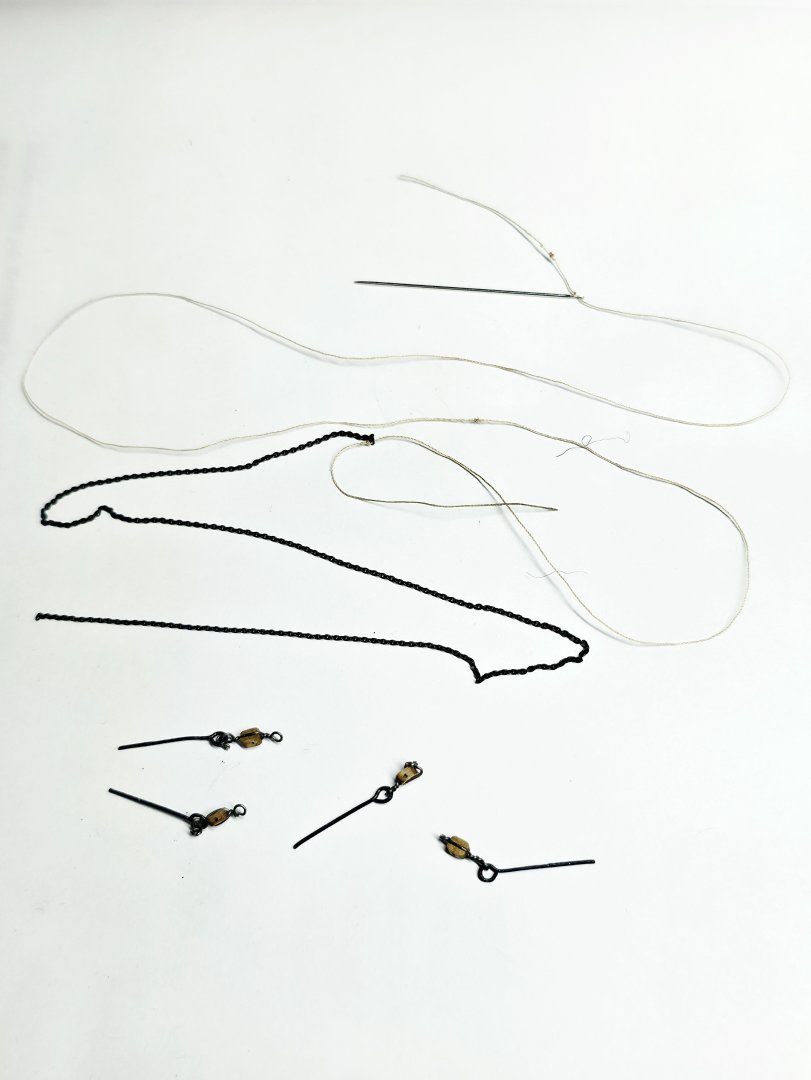
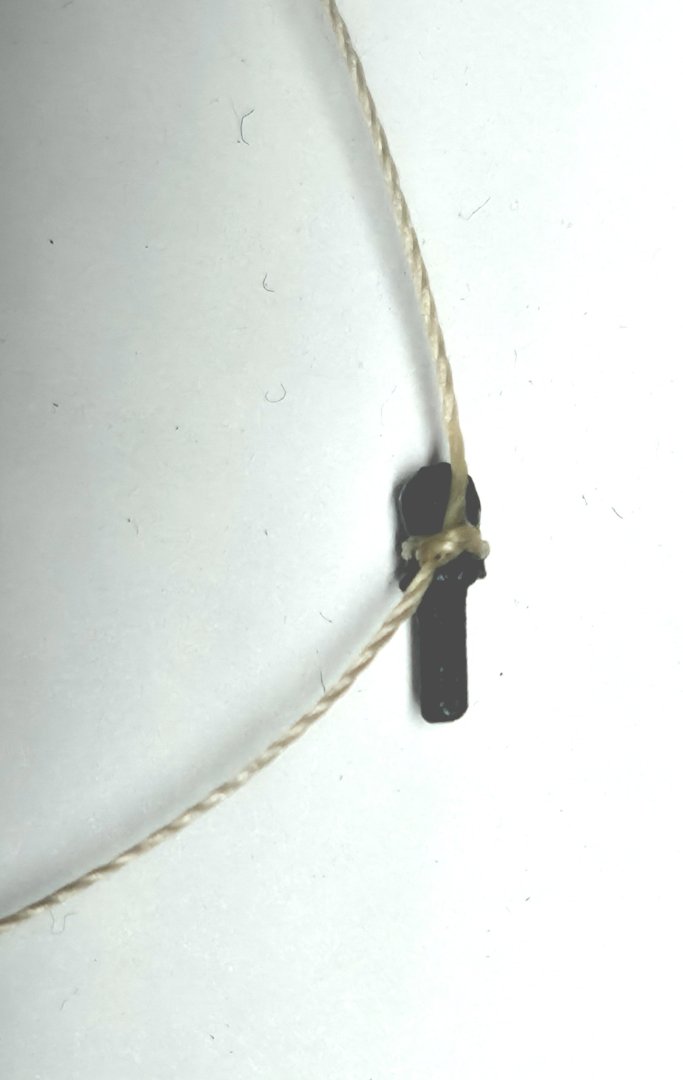
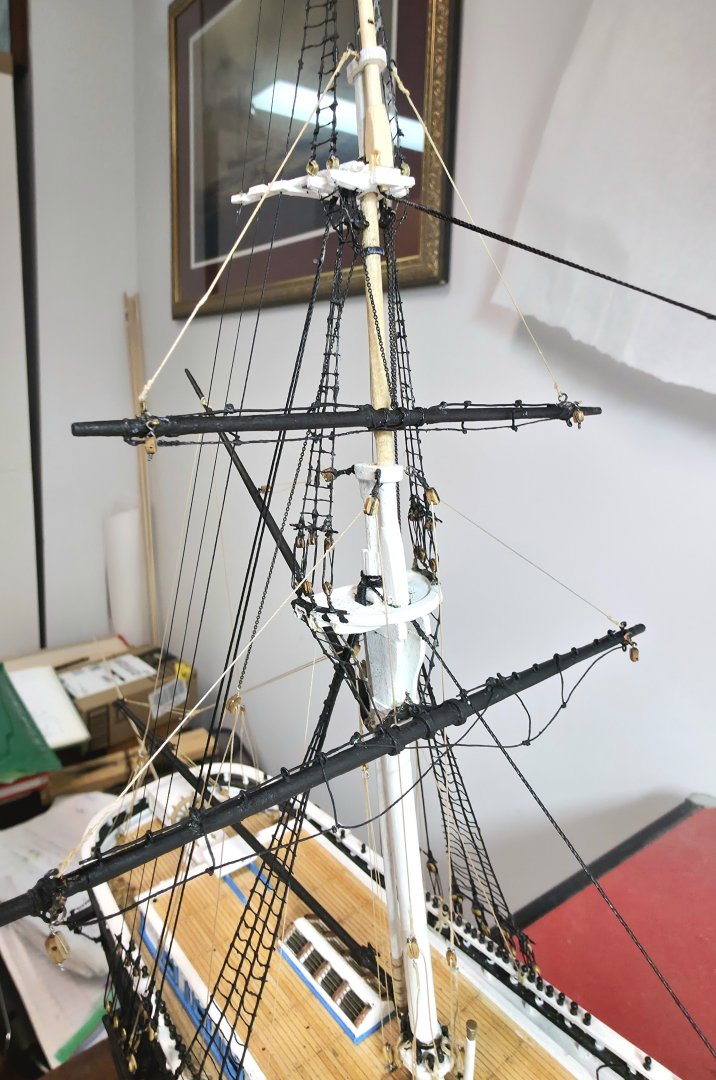
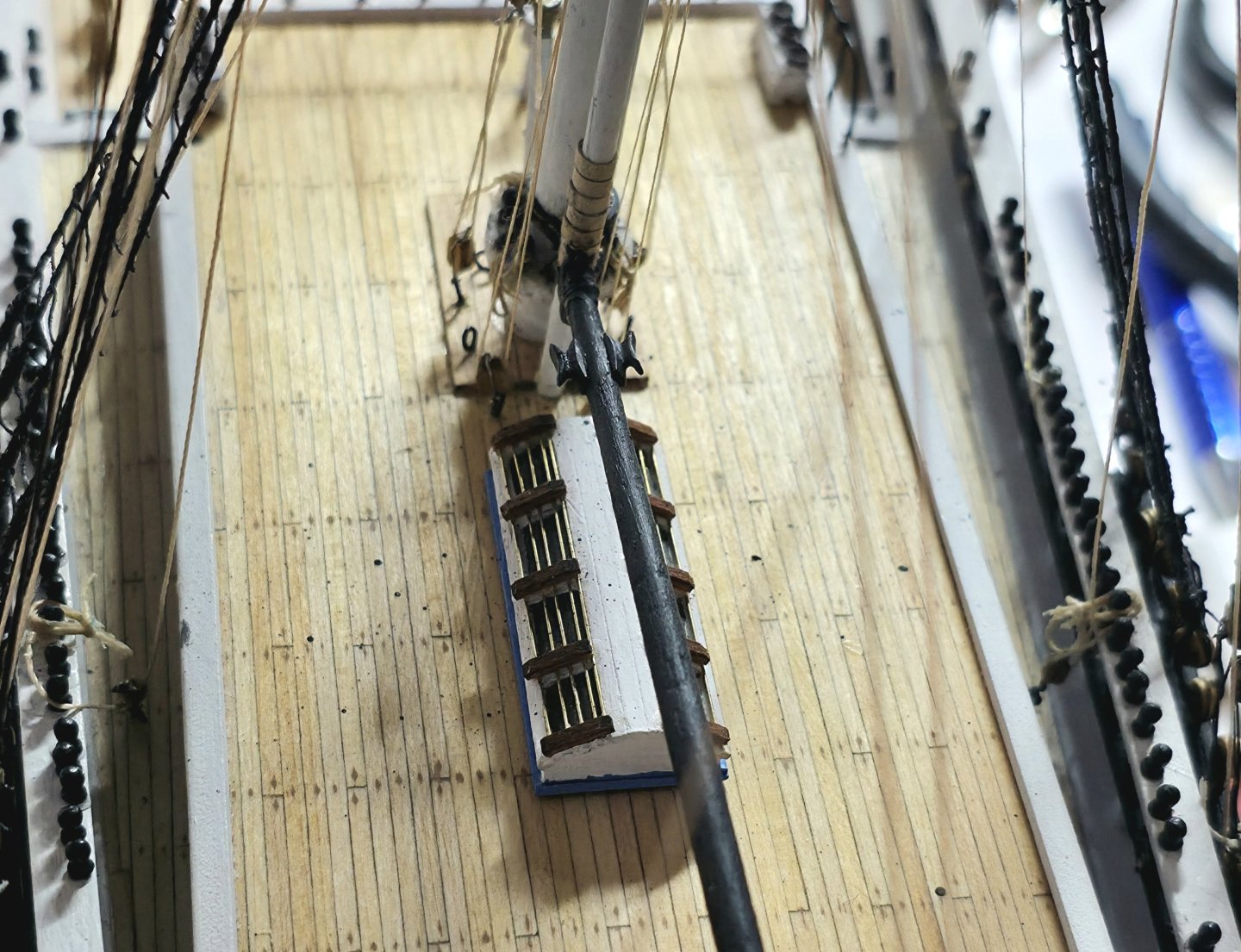
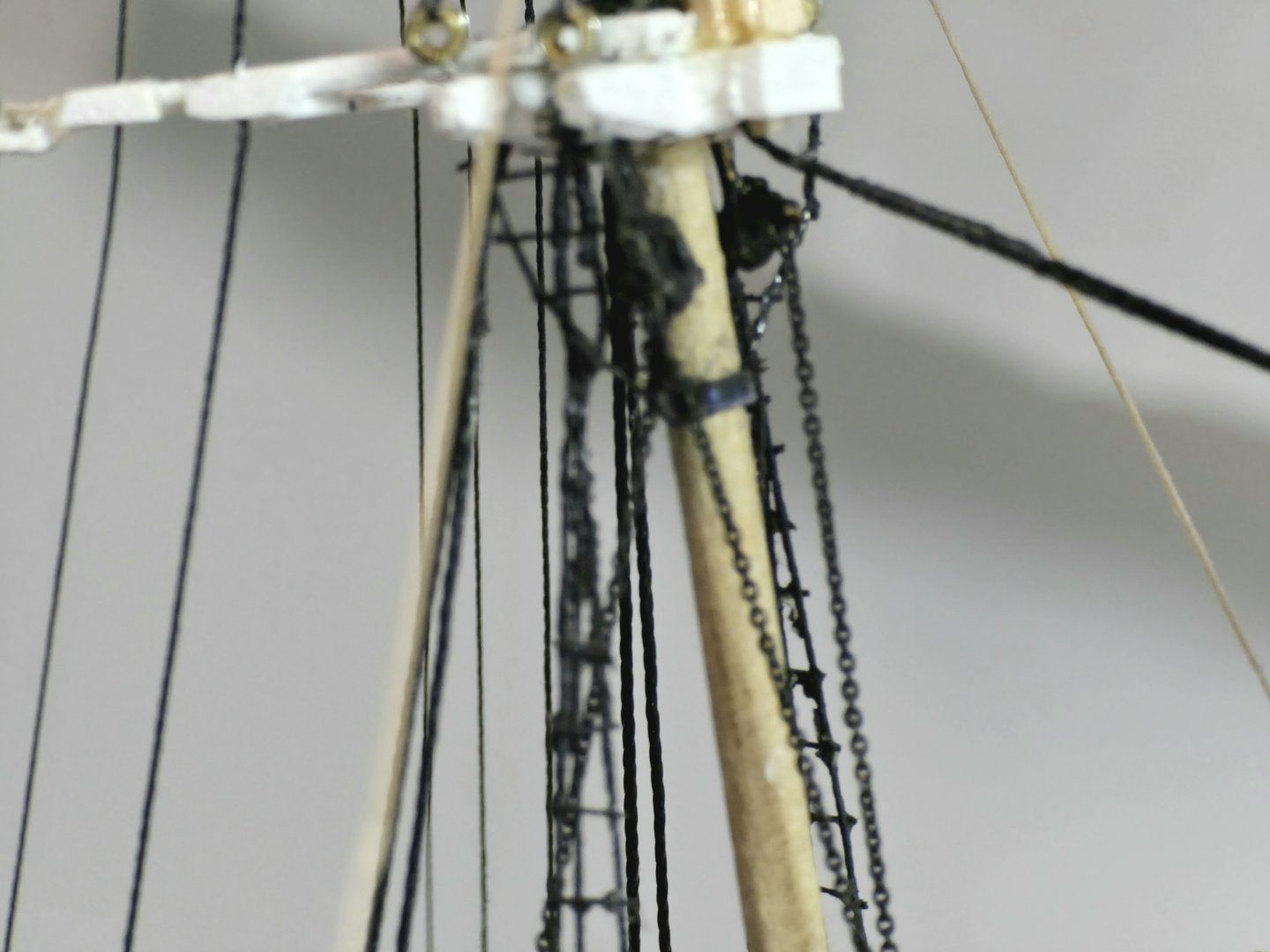
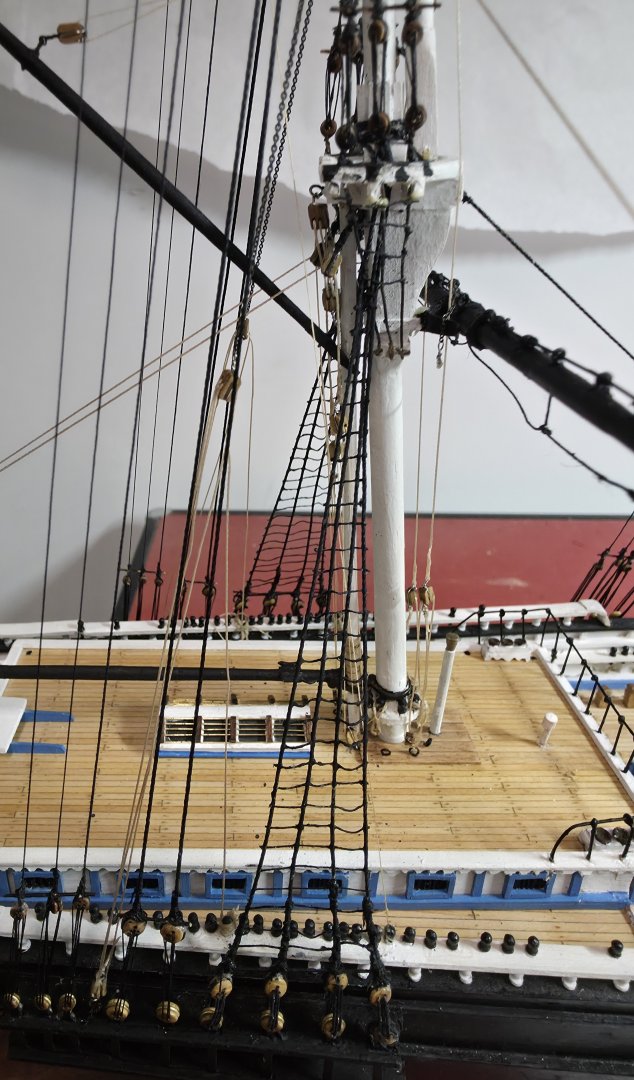
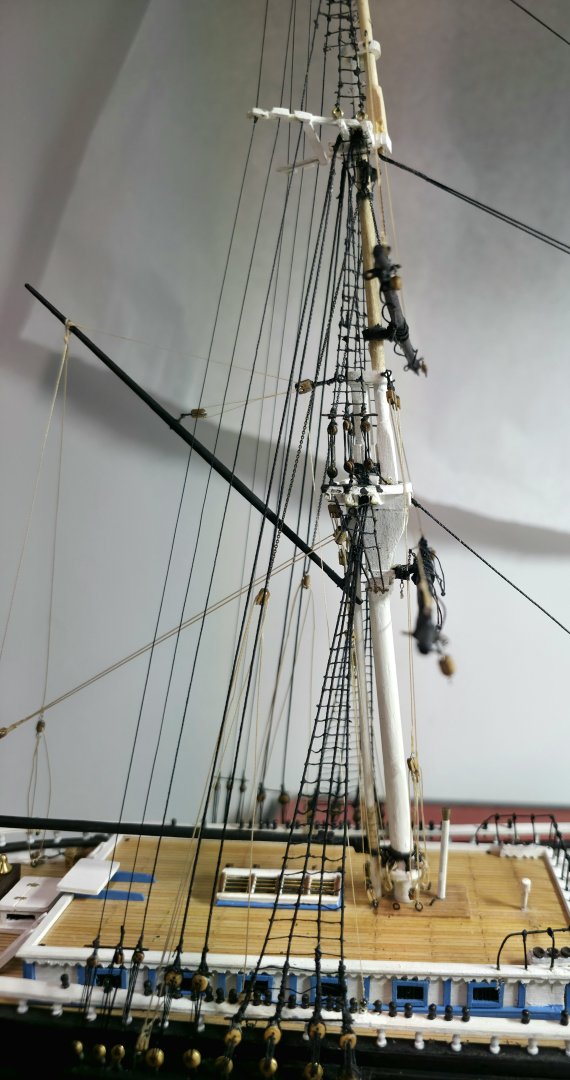

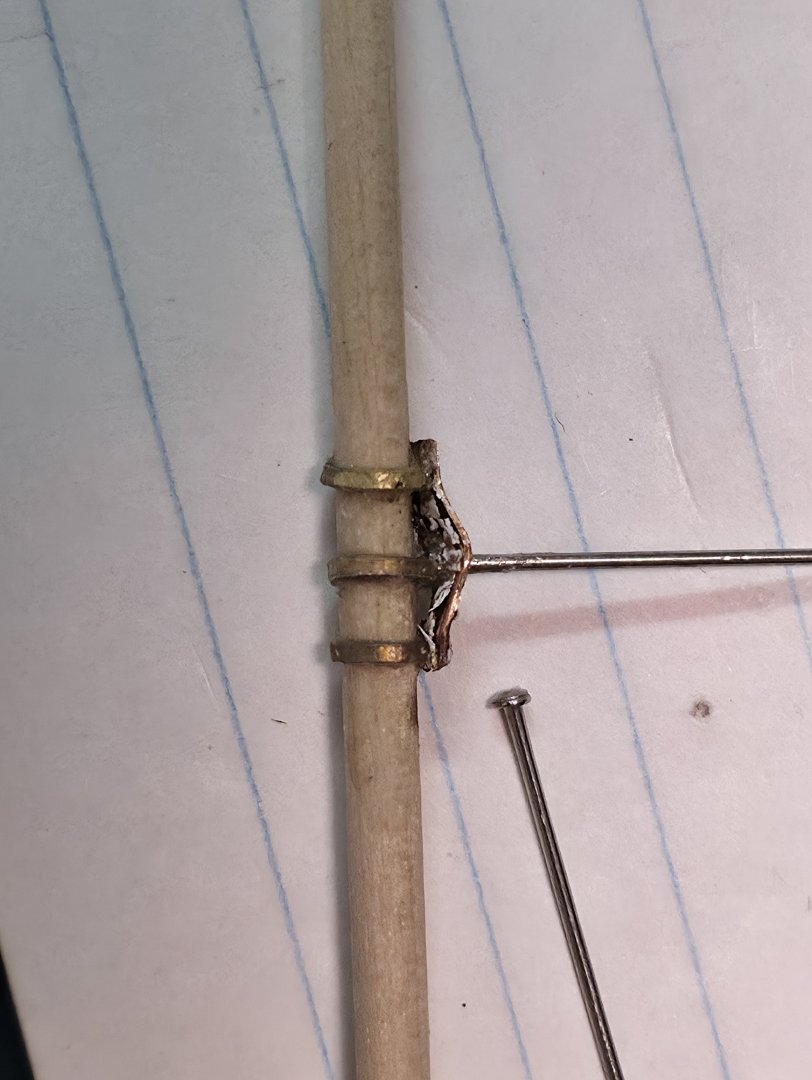
.thumb.jpg.58eee27b12fd50aade9ea088e56db7c8.jpg)







